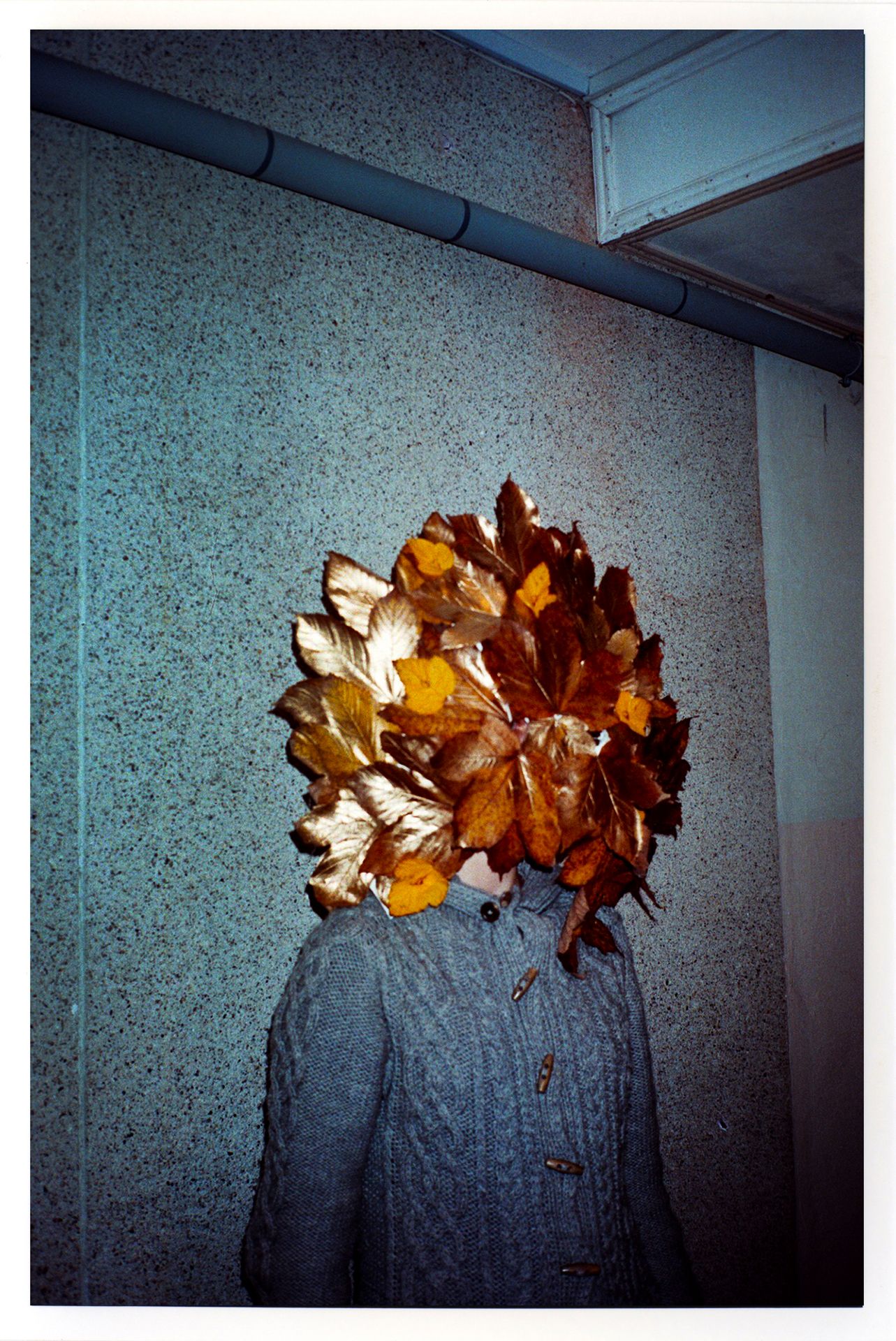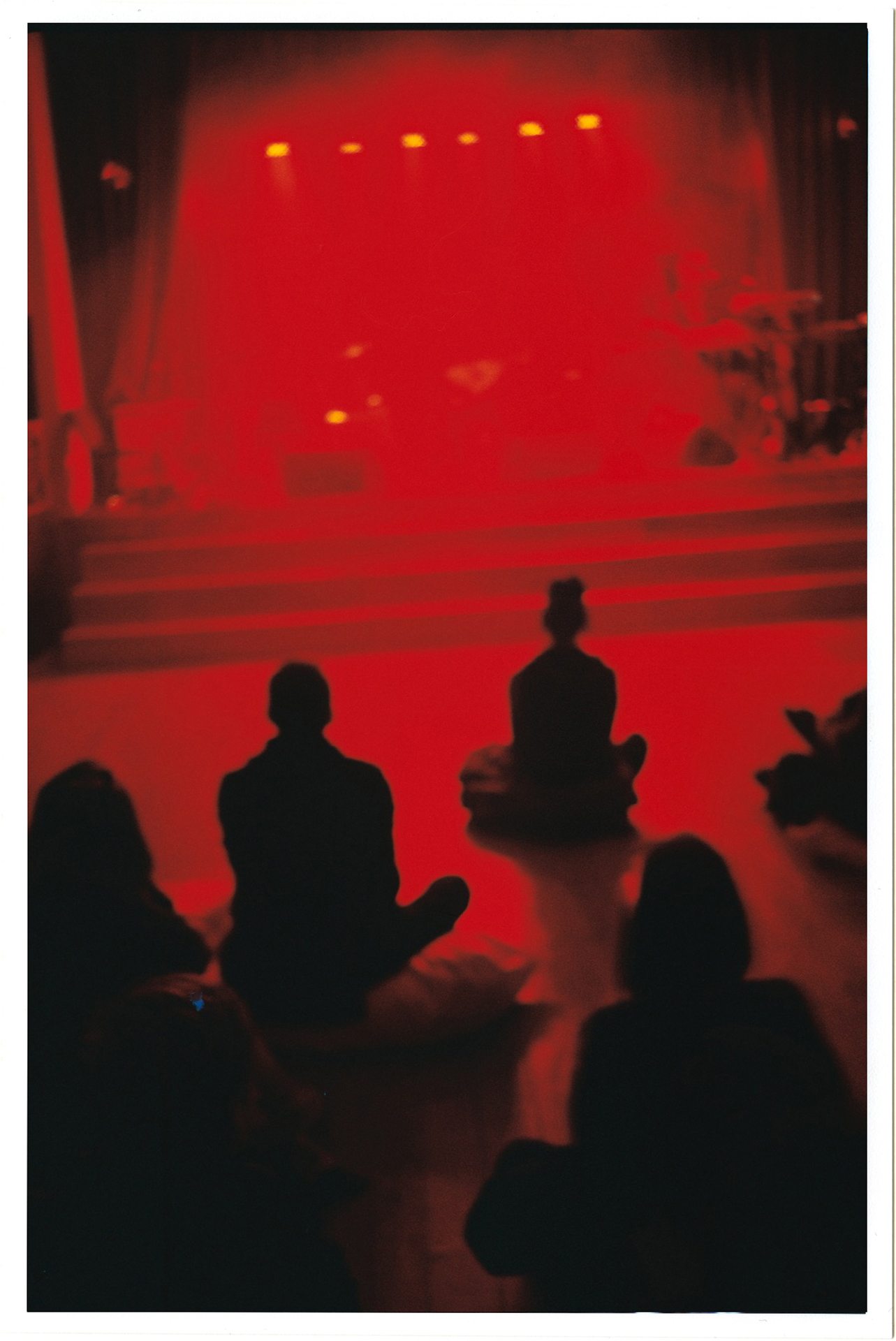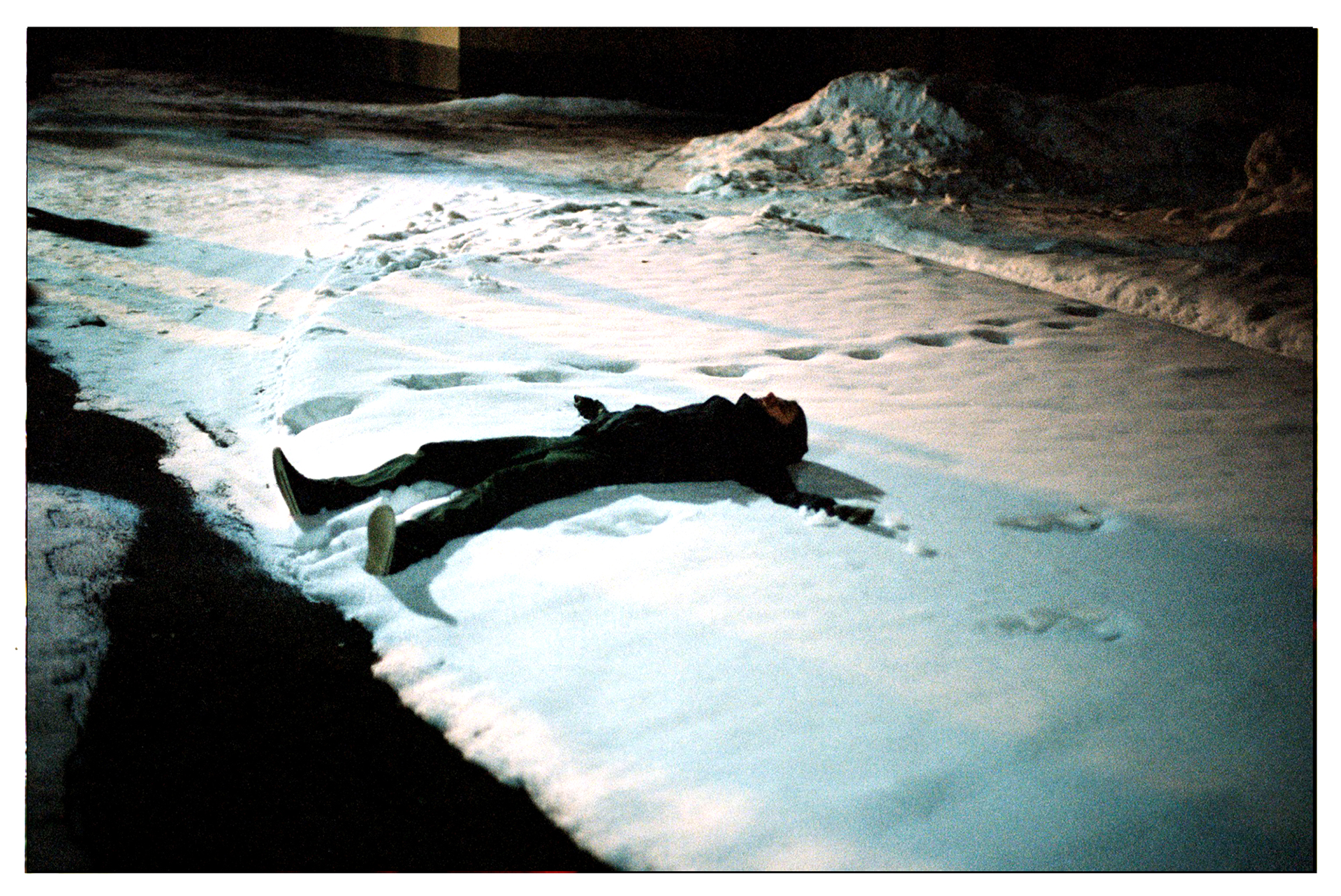TITLE:
RISE DAUGHTER OF THE SUN
LOCATION: LATVIA
MEDIA: Photographs
YEAR: 2011
LOCATION: LATVIA
MEDIA: Photographs
YEAR: 2011

“Rise early, daughter of the Sun
Wash the white table of the linden tree
In the morn the Sons of God will come
To rotate the golden apple tree.”
Daina 34031
Latvian population is decreasing, youth leave the rural area, the revolutions have been made, and independence has been established. Latvia has arrived on the market economy as a perfect new outsider and integrated Europe within five years. The influence of the western European and American culture can’t be neglected in Riga and Daugavpils. The country is described generally as a bridge between Russia and Europe. But looking at this did not lead anywhere. I tried to find the underbelly but almost stubbornly my path was being brought back to kind, beautiful, open, curious, generous young people, ready to share dreams, music, nature, traditions, beliefs and art.
Anna, tall girl full of an ancient grace, long blond hair plated, energy of mythic proportions. I asked her once about the spirit of Latvian youth. After all, what made the young boys and girls particular here? I could feel it but not formulate it. "All the young people who are looking for money are leaving Latvia. To go to London, Paris, Berlin. The one who are staying here have a special bond to our country, they are the soul of it. Friendship, nature, simple life is more important than money for us ".
Latvia, over history, has been an occupied country from the Teutonic Knight in the 13th century until the last soviet garnisons left after fourty six years of occupation in 1990.
Anna, tall girl full of an ancient grace, long blond hair plated, energy of mythic proportions. I asked her once about the spirit of Latvian youth. After all, what made the young boys and girls particular here? I could feel it but not formulate it. "All the young people who are looking for money are leaving Latvia. To go to London, Paris, Berlin. The one who are staying here have a special bond to our country, they are the soul of it. Friendship, nature, simple life is more important than money for us ".
Latvia, over history, has been an occupied country from the Teutonic Knight in the 13th century until the last soviet garnisons left after fourty six years of occupation in 1990.
Despite the purges and the deportations under Nazi and soviet rules, Latvian speaking youth seems to be the repository of an ancient and vivid heritage, which survived the centuries. Is it nationalism? a revival would be the right word instead.
Asnate explained: “ For me ancient rituals are communication with my ancestors, also communication with gods, self-renewal and inspiration. For me it is like going to the “Church of Nature”. There is a trend, a taste for traditional Latvian folklore, especially the dance, and dainas – ancestral songs- which date back over a thousand years. Ancient symbols permanently marked on skin, those young people were living, not an experience of the past, a reenactment but something inherent to their identity. Fresh, almost unspoiled, the opposite of cynicism. They just were, not trying to be.
As a European myself, there are familiar divides: the outrageously rich and the poor, the rural and the urban, the global and the local. The unfamiliar divides: an ethnic Latvian majority and a Russian speaking minority, the street kids of Maskaschka, the decreasing population of Liepaja. “And so what?, was I asked. And so what then?
I found something, something larger and deeper than consumerism: the warmth of the snow and a song for each season. I followed a trail of immaterial gold.
Asnate explained: “ For me ancient rituals are communication with my ancestors, also communication with gods, self-renewal and inspiration. For me it is like going to the “Church of Nature”. There is a trend, a taste for traditional Latvian folklore, especially the dance, and dainas – ancestral songs- which date back over a thousand years. Ancient symbols permanently marked on skin, those young people were living, not an experience of the past, a reenactment but something inherent to their identity. Fresh, almost unspoiled, the opposite of cynicism. They just were, not trying to be.
As a European myself, there are familiar divides: the outrageously rich and the poor, the rural and the urban, the global and the local. The unfamiliar divides: an ethnic Latvian majority and a Russian speaking minority, the street kids of Maskaschka, the decreasing population of Liepaja. “And so what?, was I asked. And so what then?
I found something, something larger and deeper than consumerism: the warmth of the snow and a song for each season. I followed a trail of immaterial gold.

















SEA CHANGE
A Documentary PhotobookSea Change is a photo documentary about young Europeans in the aftermath of 2007’s global financial meltdown. In the spirit of the idiom “a picture is worth a thousand words,” Project Sea Change enlisted some of today’s newly renowned photographers including Bénédicte Kurzen, Robin Maddock, Jocelyn Bain Hogg and Yannis Kontos to tell the story of European youth culture and their fears for the future. Will I get a job, buy a home and be able to support a family? Who will provide for me if I lose my job or health? What will happen to me when I’m elderly? Inspiration came from Great-Depression era photographers—most notably Walker Evans and Dorothea Lange—who were hired by the Roosevelt Administration’s FSA program to capture America in the wake of the Dust Bowl, documenting the crisis and culture of the era. Sea Change collects the best of their photographs so far and includes a foreword by Harald Birkevold, journalistic director of Project Sea Change. The book accompanies the ongoing exhibition as it travels worldwide and spurs the global conversation about Europe’s future.
ISSUE MAGAZINE
